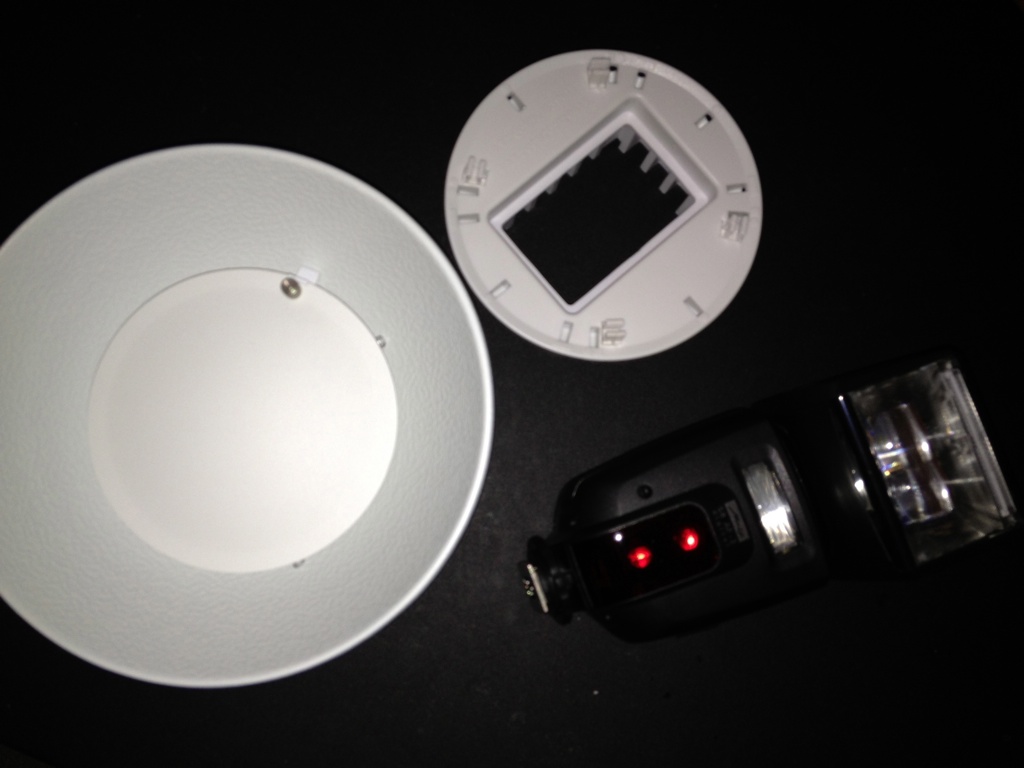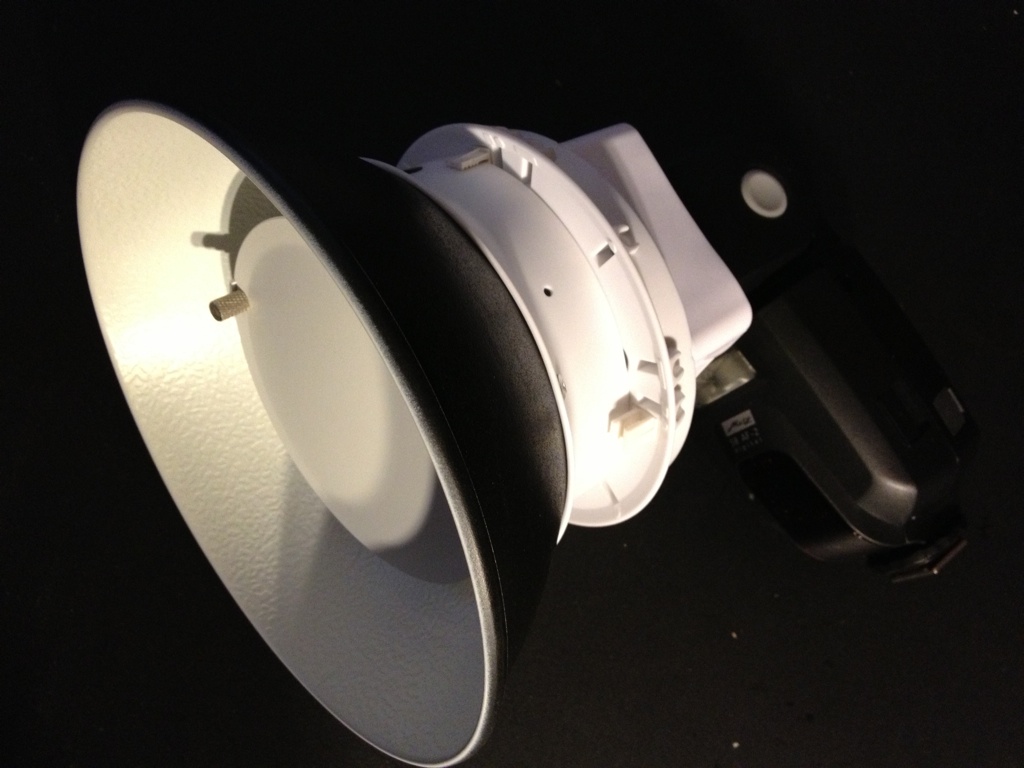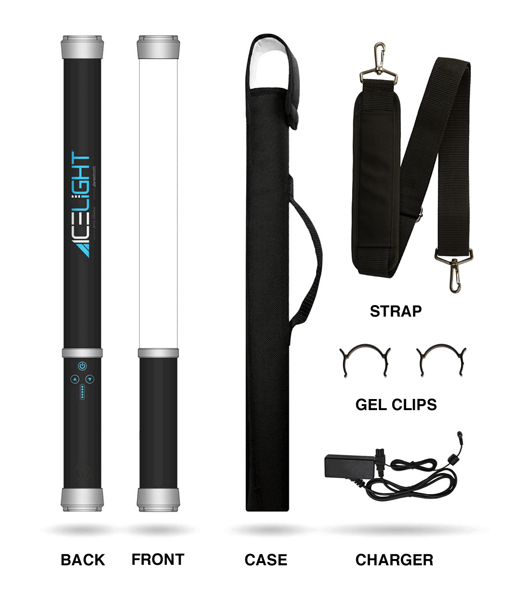Canon's EOS 1Dx - First Impressions
/Well the long awaited 1Dx showed up this Monday. Thank goodness I'm a member of Canon Professional Services, otherwise I would likely have seen the thing in October. It is seriously constrained and backorders are substantial. So to first impressions. Start lifting weights. Or at least curling dumbbells cause this critter is serious. When Canon says built tough, it feels tough. It is heavy, solid and fits my hand perfectly. It is heavier in the hand than my 1D Mk IV and it doesn't yet have the RRS L bracket on it (because they are backordered too).
I am taking things slowly and have now read the manual through cover to cover twice. Once in the little paper book you get and once using the PDF version loaded into iBooks on the iPad. The manual is decently laid out and the language is clear. None of the common translation bugbears is present.
Having owned the 10D (sold), the 20D (traded in on the 40D), the 40D (traded in on the 5D Mk II), the 5D Mk II (traded in on the 1Dx), the 7D and the 1D Mk IV hats off to Canon's people who are starting to get the concept of User Interface when it comes to menus. Much less is buried in Custom Functions and more is readily available as a menu item. The completely new autofocus system has its very own menu subsystem and while the nomenclature sounds like bafflegab until you read the documentation, you can get around pretty quickly and get things done in the menus with great efficiency.
I noticed right away that Canon put some thought into the target market that would by the camera. In addition to shutter releases, AF lock and AE lock on the battery grip for vertical orientation, they have also created separate button sets for Mfn1, Mfn2, Depth of Field preview and the joystick itself to make vertical orientation fast and easy.
The viewfinder shows full coverage and is bright with easy to read indicators. You can set the AF success indicator to appear in frame or out of frame. I tried it in frame and found it distracting but it is less informative out of frame. There has been a complaint that the focus point indicators are hard to see in low light (because they are black) and I have to agree. Hopefully Canon can address this issue that also plagues the 5D Mk III in firmware. It's a UI mistake that someone needs a smack for.
Canon changed their plan to use a completely different battery post announcement and prerelease so the LP-E4 batteries from the existing 1D Mk IV are compatible. I'm glad they did as I like many photographers are sick to death of getting our pockets picked for tiny changes in battery configuration. The new battery is called the LP-E4N and has gold labelling. Other than that I cannot tell the difference. Canon has a nasty history of making silly mods to make customers buy new. For instance the only difference between the battery grips between the 5D Mk II and the 5D Mk III is that the first grip has a little post that is not on the new one which prevents you from mounting the old one.
One of the callout features of the 1DX is the top ISO of 204,000. It sounds ridiculous but it actually works. I found that the performance at 25600 was better than 12500 on the 1D Mk IV.
The new focus system is as fast as they claim, although the real enhancement is found when you use it in AI Servo mode. Canon provides six pre-defined AI Servo focus "cases" that are all customizable and while I surely have not stress tested them yet, initial looks are very promising.
The camera has in camera RAW processing, in addition to the usual ability to shoot RAW and/or JPEGs. The JPEG options are similar with plenty of predefined "styles" and size options. Since I never shoot JPEGs, I haven't spent any time in this area except to set the style to Neutral so the LCD panel shows images with as little modification as possible. I'm sure that there are good reasons for the in camera RAW processing but I am quite happy doing so on the computer when importing, either directly into Lightroom or via Photo Mechanic (which unlike Lightroom makes use of the JPEG that exists inside every RAW file).
Since I work during the day, I really have not done anything to put stress on the camera yet. I have found some little things that I really do like and one of these is the ability to set the frame count in burst mode. I don't need 12fps (or 14fps) very often but 3fps in low is a bit light so being able to make a simple menu setting to make it 5fps is just brilliant.
Some folks are complaining about the fact that it is 18MP vs the 22MP in the 5D Mk III. To each their own. I'll take a slighter lower pixel count for the rocking low light capability thank you very much.
This is only a first impression set, more to come.
















